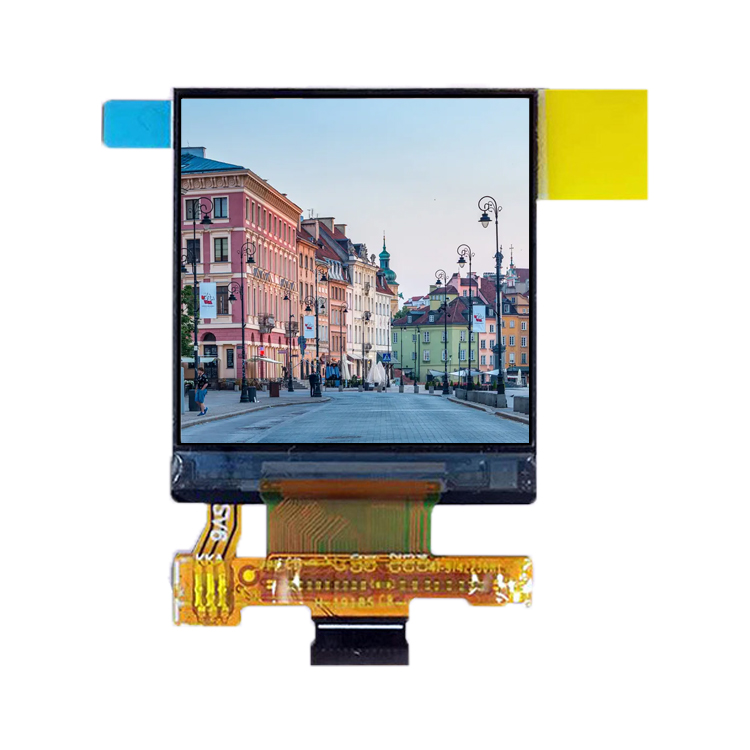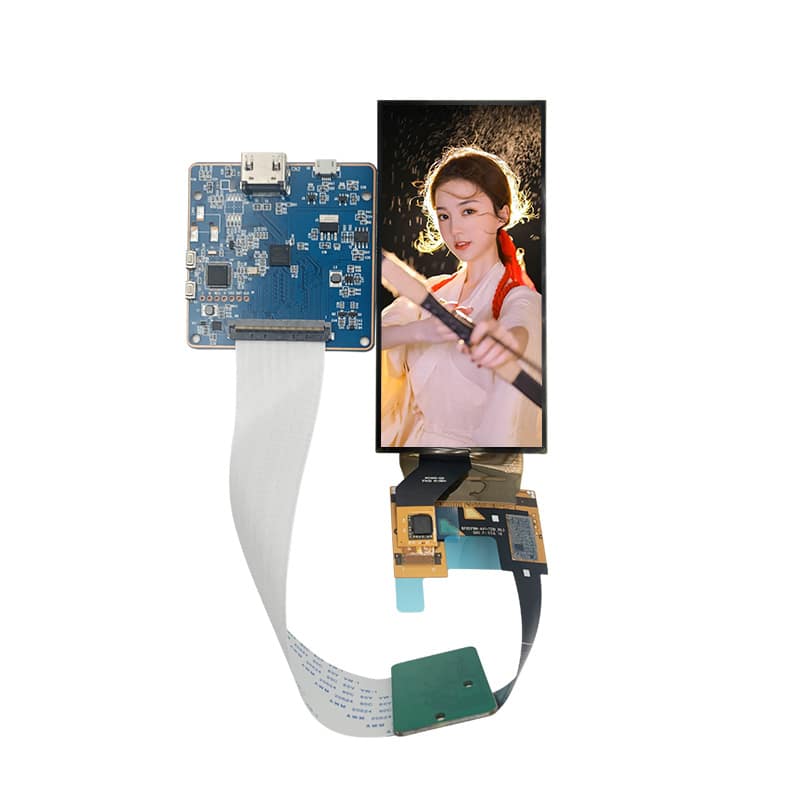In the world of embedded systems and microcontroller-based projects, the humble yet powerful I2C (Inter-Integrated Circuit) interface has become an indispensable component for interfacing various peripherals, including the popular LCD (Liquid Crystal Display). Among the numerous brands available, Chancedisplay stands out as a reliable choice for i2c LCD modules, offering a wide range of products tailored to meet the needs of developers and hobbyists alike. In this article, we will delve into the intricacies of the I2C protocol, explore the benefits of using an i2c LCD module, discuss the CHANCEDISPLAY brand, and provide a step-by-step guide on how to integrate their modules into your projects.
### Understanding the I2C Protocol
The I2C (Inter-IC Communication) bus is a two-wire communication standard designed by Philips (now NXP Semiconductors) for low-speed, multi-master, and multi-slave systems. It operates at speeds ranging from 100 kHz to 400 kHz, making it suitable for devices with limited power and memory requirements. The protocol is based on a simple master-slave architecture, where one device controls the data flow and others respond to commands.
### The Advantages of i2c lcd modules
Using an i2c LCD module brings several advantages to your project:

1. **Reduced Wire Count**: With only two wires (SCL and SDA) required, an i2c LCD eliminates the need for separate connections for each segment, making it easier to manage and reducing the overall board complexity.
2. **Multi-Device Compatibility**: The I2C bus allows multiple devices to share the same bus, enabling you to incorporate other I2C-enabled components alongside your LCD display without worrying about conflicts.
3. **Power Efficiency**: The low-power nature of the I2C protocol ensures that your battery-powered projects benefit from extended battery life.
4. **Ease of Integration**: Many microcontrollers and development boards have built-in I2C support, simplifying the implementation process.
### Introducing CHANCEDISPLAY: A Reliable i2c LCD Module Brand
Chancedisplay is a well-regarded brand in the i2c LCD market, known for its high-quality and cost-effective solutions. Their product line includes a variety of LCD modules, such as 16×2, 20×4, and 24×4 displays, all compatible with the I2C interface. Chancedisplay’s offerings boast features like backlit displays, wide viewing angles, and robustness against environmental conditions, making them suitable for various applications.
One standout feature of Chancedisplay is their user-friendly documentation and extensive library of code examples, which facilitate quick prototyping and minimize development time. Their customer support is also commendable, providing assistance when needed.
### Setting Up an I2C LCD Module with Chancedisplay
Let’s walk through a practical example of integrating a Chancedisplay i2c lcd module into a Raspberry Pi using the Python programming language and the popular `RPi.GPIO` library:
1. **Hardware Preparation**:
– Connect the LCD module to your Raspberry Pi using the recommended pinout, usually VCC to 3.3V, GND to GND, SDA to GPIO2 (or another I2C pin), and SCL to GPIO3 (or another I2C pin).
– Optionally, connect a backlight if your module has one.
2. **Software Installation**:
– Install the `RPi.GPIO` library by running `pip install RPi.GPIO` in your terminal.
3. **Configuration**:

– Import the necessary libraries and set up the I2C interface:
“`python
import RPi.GPIO as GPIO
import smbus
from PIL import Image, ImageDraw, ImageFont
# Set up I2C
bus = smbus.SMBus(1)
“`
4. **Detecting the LCD Module**:
– Use the `i2cdetect` command to find the module’s address:
“`
!sudo i2cdetect -y 1
“`
The address will typically be between 0x27 and 0x3F, depending on your module.
5. **Writing to the LCD**:
– Write commands to configure the display and send text:
“`python
def send_command(command):
bus.write_byte_data(address, 0x80 | command, 0)
def send_data(data):
bus.write_byte_data(address, 0x40, data)
# Initialize the display
send_command(0x33) # Function Set
send_data(0x32) # Display ON, Cursor OFF, Blink OFF
send_command(0x38) # Entry Mode Set
send_data(0x00) # Display Shift Direction: Right to Left
send_command(0x0C) # Display Control
send_data(0x08) # Display On, Cursor Off, Blink Off
“`
6. **Displaying Text**:
– Create a font file and use it to draw and send text to the display:
“`python
font = ImageFont.truetype(“arial.ttf”, 14)
draw = ImageDraw.Draw(image)
draw.text((0, 0), “Hello, World!”, font=font, fill=(255, 255, 255))
# Convert image to 1-bit mode
image = image.convert(‘1’)
# Send the image data to the LCD
for pixel in image.getdata():
send_data(pixel[0])
“`
This is just a basic introduction to working with an i2c LCD module from Chancedisplay. As you progress in your projects, you can explore more advanced features, such as customizing fonts, scrolling text, and handling user input.
In conclusion, the i2c lcd module is a versatile and efficient addition to any microcontroller project. Chancedisplay offers a compelling range of products that simplify integration and provide reliable performance. By understanding the I2C protocol and leveraging the capabilities of Chancedisplay’s modules, you can create engaging and interactive interfaces for your next project. Happy coding!


